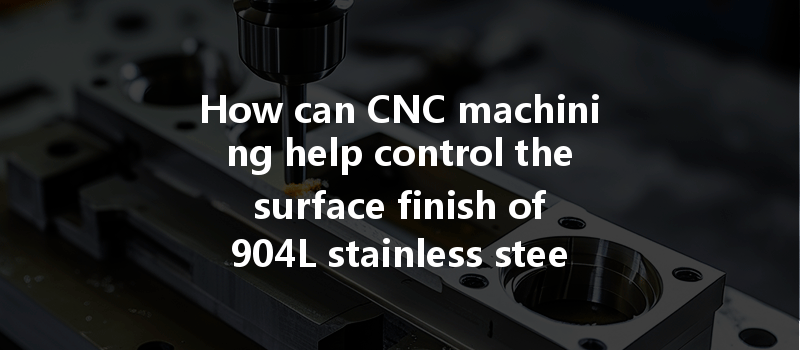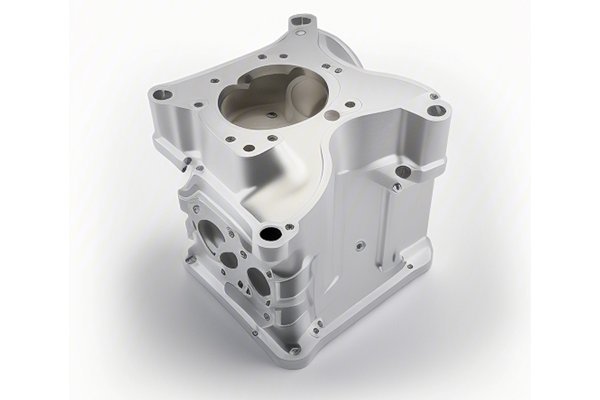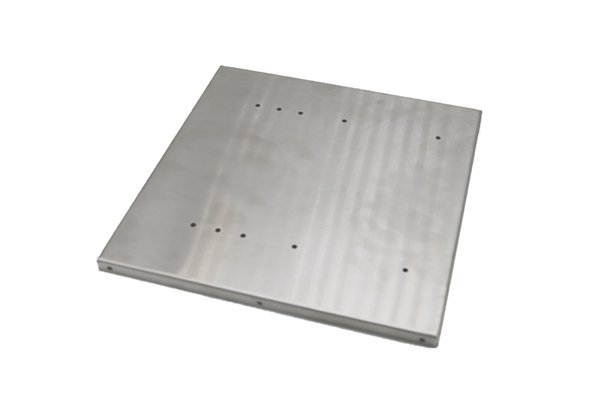: An Engaging Start
Did you know that the surface finish of a component can affect its performance, longevity, and even aesthetic appeal? In industries such as aerospace, medical, and automotive, achieving the right surface finish is not merely a matter of appearance but significantly influences functionality. In fact, studies have shown that up to 80% of component failures can be traced back to inadequate surface finish specifications.
This blog focuses on a specific and widely used material: 904L stainless steel. Known for its exceptional corrosion resistance and high strength, 904L is often a choice for critical applications. However, achieving the optimal surface finish during CNC machining of this material is a challenge that manufacturers frequently encounter. This article delves into how CNC machining techniques can effectively control the surface finish of 904L stainless steel, ensuring that parts meet stringent industry standards.
Properties and Composition
904L stainless steel is a high alloy austenitic stainless steel designed for extreme environments where resistance to corrosion is critical. Its chemical composition includes nickel (23%), chromium (19%), molybdenum (4%), and added copper, which enhances its performance against chlorides. This unique makeup permits it to handle aggressive chemicals and elevated temperatures, making it invaluable in various applications.
Applications in Industry
The versatile nature of 904L stainless steel sees its use in various industrial sectors. It’s commonly employed in chemical processing, oil and gas, marine environments, and pharmaceuticals. Industries need components that withstand harsh operating conditions without corroding or degrading over time, making 904L a preferred choice.
Why Surface Finish Matters
A component’s surface finish is not just cosmetic—it can significantly affect wear resistance, fatigue strength, corrosion resistance, and overall performance. A rough surface, for instance, can lead to increased friction, wear, and the likelihood of failure due to stress concentrations. Therefore, achieving a specific surface finish is crucial in industries that prioritize reliability and efficiency.
Common Surface Finish Standards
Several standards measure surface finish, with Ra (Roughness Average) being one of the most common. The desired Ra value will depend on the application; for example, an Ra of 0.8 microns might be sufficient for certain non-critical applications, but essential components in some industries might require a finish of 0.4 microns or finer.

What is CNC Machining?
Computer Numerical Control (CNC) machining is a modern manufacturing process that utilizes software to control machine tools like lathes, mills, routers, and grinders. This technology allows for high precision and repeatability, making it ideal for machining intricate geometries and achieving specific tolerances required for advanced materials like 904L stainless steel.
Benefits of CNC Machining in Processing 904L
CNC machining offers several advantages when working with 904L stainless steel, including:
Material-Specific Issues
Machining 904L stainless steel presents unique challenges due to its high toughness and work-hardening characteristics. As the material work hardens, it can cause tool wear and surface damage, resulting in an undesired surface finish.
Tooling and Operational Constraints
Selecting the appropriate cutting tools, feed rates, and speeds is critical. Tool material, geometry, and coatings must be suited for stainless steel. Inadequate tooling choices can lead to poor surface quality and shortened tool life, further compounding issues during production.
Selecting the Right Cutting Tools
Choosing the correct tooling is paramount. Carbide and ceramic cutting tools are often recommended for machining stainless steels. Coated tools reduce friction, heat buildup, and wear, leading to improved surface finishes.
Optimize Machining Parameters
Fine-tuning parameters such as feed rate, spindle speed, and depth of cut can yield better surface quality. Slower feed rates, for example, allow the tool to create a smoother finish by reducing the chances of tool marks on the component.
Effective Cooling and Lubrication
The introduction of proper coolant or lubricant can mitigate heat generated during machining, thus controlling the thermal properties of the material. Utilizing flood coolants or high-pressure mist can enhance chip removal, leading to a smoother, more consistent surface finish.
Surface Preparation Techniques
Pre-machining surface preparation techniques like grinding can also enhance the final result. Performing an initial grinding step on the raw material allows for a smoother base before the final CNC operations.
Micro-Machining Approaches
Micro-machining technologies provide additional control for intricate designs and high-precision parts. Utilizing micro-milling or laser machining can help achieve extraordinary surface finishes on fine features.
Precision Grinding and Honing
Implementing precision grinding or honing after initial CNC machining can further improve surface finish to meet industrial standards. These processes remove minor irregularities and enhance the microstructure of the material.
Electropolishing for Enhanced Surface Quality
Electropolishing is a viable post-CNC machining process for improving surface finish. It selectively removes material from the peaks of the surface, thereby reducing roughness and significantly increasing corrosion resistance.
Industry Applications
Several companies have successfully implemented advanced CNC machining techniques in their processes. For example, in the oil and gas sector, components made from 904L have shown significant resilience when treated with the right machining techniques.
Results Achieved
By employing optimal machining strategies, organizations reported improvements in the lifecycle of components due to enhanced surface properties, culminating in reduced maintenance costs and increasing overall system reliability.
Innovations on the Horizon
As the demand for high-quality finishes grows, new technologies such as AI-driven machining, real-time process monitoring, and advanced materials are emerging. These cutting-edge solutions could offer even greater control over surface finish specifications.
Sustainability Considerations
Efforts toward green machining practices will also play a significant role in the future of CNC machining. Techniques that reduce waste, such as dry machining or biodegradable lubricants, are gaining attention and importance.
In this comprehensive examination of how CNC machining can effectively control the surface finish of 904L stainless steel, we have reviewed essential aspects of 904L’s properties, machining challenges, and techniques focused on achieving optimal surface finish. Key strategies include selecting suitable cutting tools, optimizing machining parameters, and employing advanced finishing processes like precision grinding and electropolishing.
Understanding and implementing these practices is crucial for industries requiring high-performance components from stainless steel. Achieving the desired surface finish is not merely a matter of aesthetics—it’s central to the durability and performance of the finished product. As we venture further into the future of CNC machining, the emphasis on precision and quality in surface finishing will continue to grow, making this knowledge vital for manufacturers and industry professionals alike.
As you consider the importance of surface finish in your projects, remember these techniques and innovations. The right approach can significantly influence not just the quality of your components but also your brand’s reputation for reliability and excellence. It’s time to elevate your CNC machining processes and ensure your parts meet the highest standards of performance and durability.






